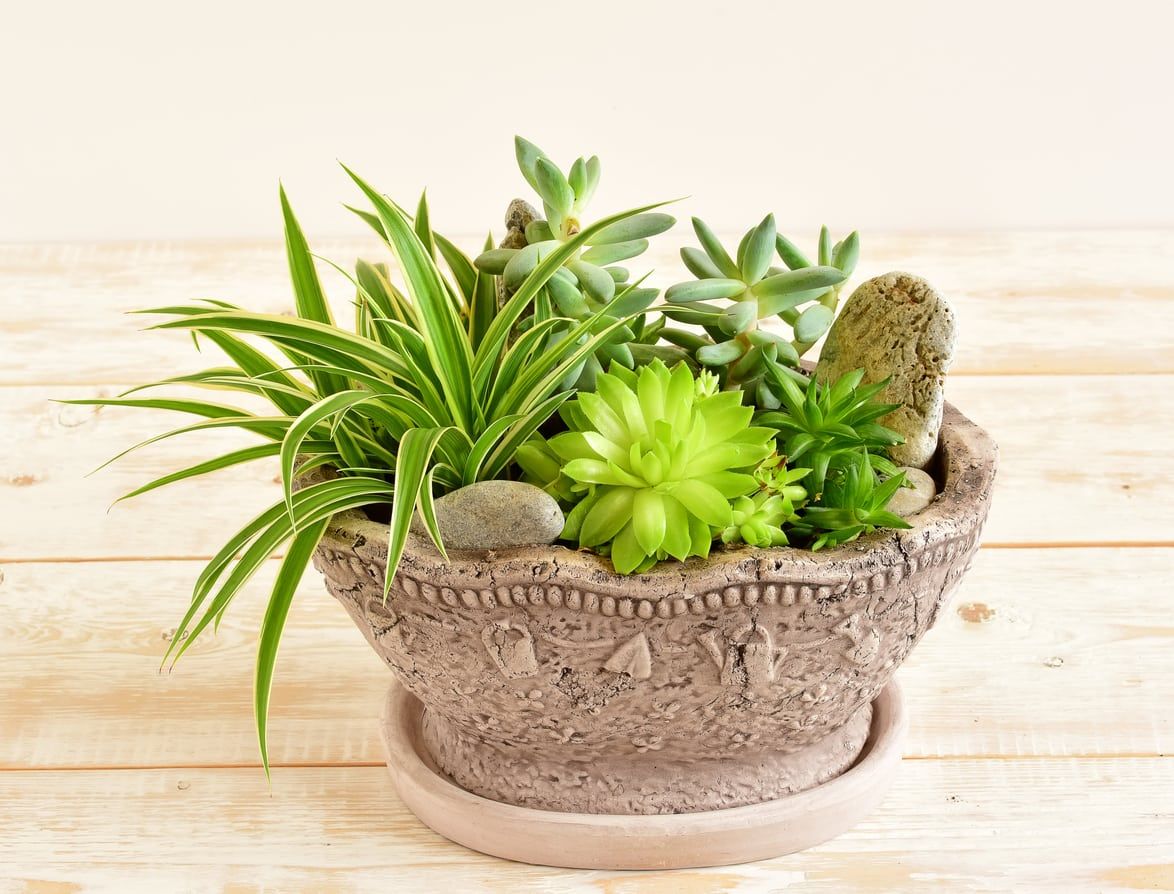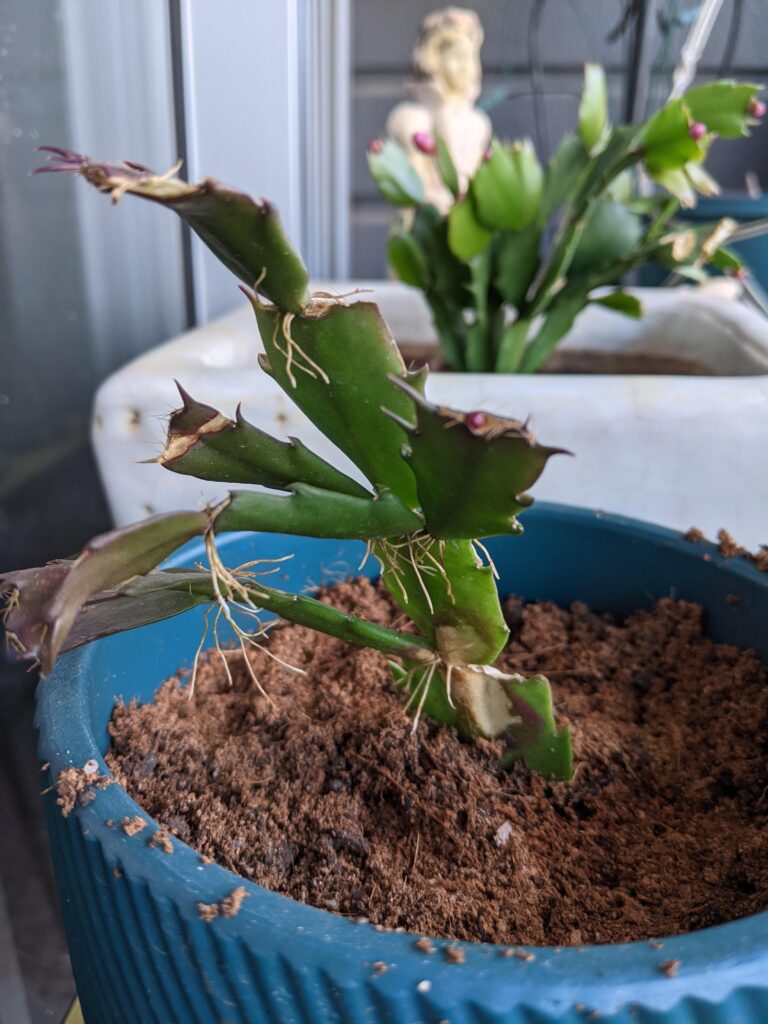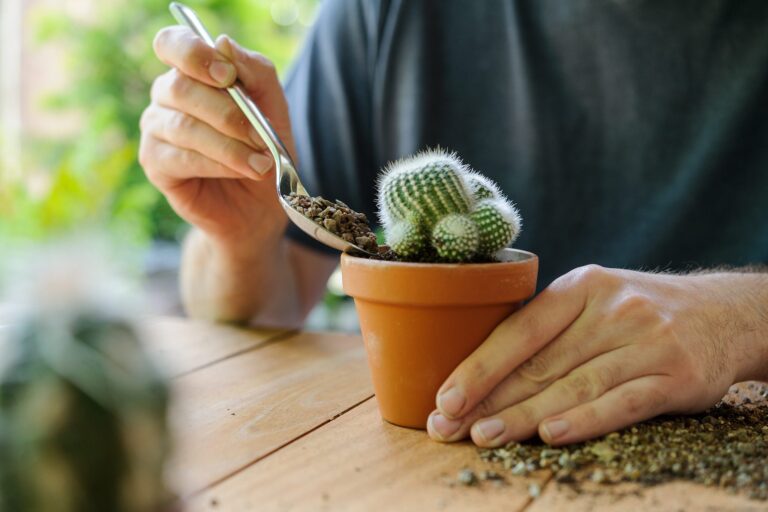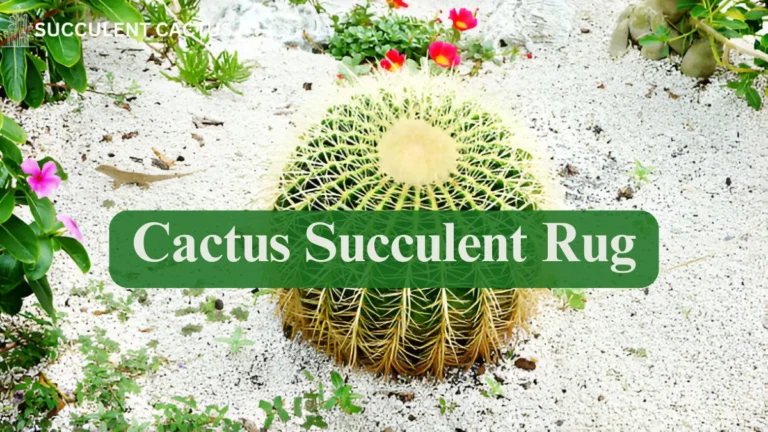How Do I Care for a Succulent Plant? A Simple Guide for Beginners

If you’re a plant lover or someone looking to add some greenery to your home, succulents are a perfect choice. These plants are not only visually striking with their fleshy leaves and unique shapes, but they are also incredibly low-maintenance, making them ideal for beginners. You might be wondering, “How do I care for a succulent plant?” If so, you’ve come to the right place! In this comprehensive guide, we’ll walk you through everything you need to know to keep your succulents healthy and thriving.
Whether you’re looking to add succulents to your windowsill, garden, or office space, this article will provide you with all the essential tips and tricks on How Do I Care for a Succulent Plant properly.
What Are Succulents?
Before we dive into the care tips, it’s important to understand what makes succulents so special. Succulents are a group of plants that store water in their leaves, stems, or roots, making them well-suited for dry, arid environments. They can tolerate long periods of drought due to their ability to retain moisture. Succulents come in a wide range of species, including popular varieties like Aloe Vera, Echeveria, and Jade Plant.
Succulents are beloved for their variety of colors, shapes, and sizes. Whether you have a small succulent in a pot on your desk or a larger one in your garden, How Do I Care for a Succulent Plant is a question that many new plant owners ask when they first start growing these beauties.
Why Are Succulents So Easy to Care For?
One of the biggest reasons succulents are so popular is their ability to thrive in less-than-ideal conditions. Their ability to store water means they don’t need frequent watering like other houseplants. They also grow well in environments with a lot of sunlight and in soil that drains well. As a result, How Do I Care for a Succulent Plant becomes much easier when you understand their basic needs.
Essential Tips for Caring for a Succulent Plant
Now that we know what succulents are and why they are easy to care for, let’s take a look at the essential aspects of How Do I Care for a Succulent Plant.
1. Choose the Right Pot
One of the first things to consider when learning How Do I Care for a Succulent Plant is selecting the right pot. Succulents need a pot that has drainage holes. This allows excess water to escape and prevents the soil from becoming waterlogged, which could lead to root rot. Terracotta pots are an excellent option as they absorb moisture and promote good air circulation.
2. Provide Plenty of Light
Succulents thrive in bright, indirect light. They need at least six hours of sunlight each day, so it’s important to place them in a location with ample light. South-facing windows are typically the best option, as they receive the most sunlight throughout the day. If you’re growing succulents indoors and can’t provide enough natural light, consider using grow lights.
3. Watering Your Succulent Plant
When people ask, “How do I care for a succulent plant?” watering is one of the most important considerations. Succulents need to be watered deeply but infrequently. One of the most common mistakes beginners make is overwatering their succulents. To avoid this, make sure the soil is completely dry before watering again. During the colder months, you can water your succulents even less as they enter a dormant phase.
As a general rule of thumb, water your succulent once every 1-2 weeks during the growing season (spring and summer) and once every 3-4 weeks during the dormant season (fall and winter). Always ensure that the water drains from the bottom of the pot to avoid waterlogging the roots.
4. Choose the Right Soil
Another key factor in How Do I Care for a Succulent Plant is using the right soil. Succulents prefer soil that is well-draining and not too heavy. The best soil for succulents is a cactus or succulent mix, which often contains sand or perlite to improve drainage. Avoid using regular potting soil, as it retains too much moisture, which can cause the roots to rot.
5. Temperature and Humidity
Succulents generally prefer warmer temperatures between 60°F and 80°F (16°C to 27°C). They can tolerate brief periods of cold but should not be exposed to frost. If you’re growing succulents indoors, keep them away from drafts, such as those from air conditioners or open windows. Succulents prefer low-humidity environments, so avoid placing them in rooms with high humidity, such as bathrooms.
Common Problems When Caring for Succulents
While succulents are low-maintenance, they can still experience issues if their basic needs aren’t met. Here are some common problems you may face and how to address them:
1. Overwatering
As mentioned, overwatering is a common problem for succulent owners. Too much water can cause root rot, yellowing leaves, and mushy stems. To prevent overwatering, make sure the soil is completely dry before watering again. Consider using a moisture meter to test the moisture levels of the soil.
2. Leggy Growth (Etiolation)
If your succulent is growing tall and leggy, it could be a sign that it’s not getting enough sunlight. This condition is called etiolation, and it happens when the plant stretches toward light. To fix this, move your plant to a sunnier location or consider using grow lights if you’re growing it indoors.
3. Pests
Succulents are generally pest-resistant, but they can still attract pests like aphids, mealybugs, and spider mites. If you notice small bugs or sticky residue on your plant, inspect the plant closely for pests. Use a cotton swab dipped in rubbing alcohol to gently remove them, or spray your plant with insecticidal soap.
How Do I Care for a Succulent Plant Through Propagation?
If you’re interested in expanding your succulent collection, propagation is a fun and easy way to grow new plants from your existing ones. Most succulents can be propagated through leaf or stem cuttings. Here’s how:
1. Leaf Cuttings
To propagate a succulent from a leaf cutting, gently twist off a healthy leaf from the plant. Allow the leaf to callus over for a few days before placing it on top of a well-draining soil mix. Mist the leaf occasionally, but don’t overwater it. After a few weeks, the leaf should begin to sprout roots and tiny new plants.
2. Stem Cuttings
Stem cuttings are another popular method of propagation. Cut a healthy stem from your succulent, and allow it to callus for a few days. Plant the stem in well-draining soil, and water sparingly until it establishes roots.
Seasonal Care for Succulents
Understanding how to care for a succulent plant through the changing seasons is essential for its long-term health.
Spring and Summer Care
In the warmer months, succulents are actively growing. During this time, they need more frequent watering and occasional feeding with a diluted cactus fertilizer. Keep them in a bright location and make sure they have plenty of sunlight.
Fall and Winter Care
During the fall and winter, succulents typically enter a dormant phase. They need less water and should be placed in a cooler location with indirect sunlight. Avoid fertilizing during this period, as the plant isn’t actively growing.
Conclusion
If you’ve ever wondered, “How do I care for a succulent plant?” the answer is simple: by providing the right environment, watering appropriately, and ensuring they have plenty of light. With their low-maintenance needs, succulents are perfect for both beginners and seasoned plant lovers. By following these easy tips, you’ll be able to keep your succulents happy and healthy for years to come. Whether you’re adding them to your indoor space or growing them in your garden, succulents are a wonderful addition to any plant collection.






